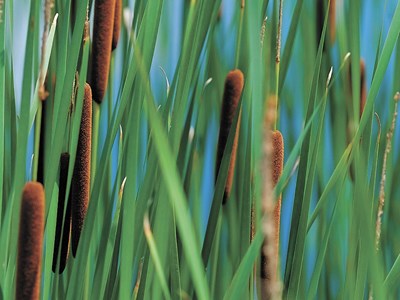This is by no means a checklist of what to eat on your next hike. Some plants are poisonous, so make sure you have the knowledge before you wolf back that tuber.
There is a great website for choosing wildflowers, mushrooms, berries and tubers in your summer cooking (ontariowildflowers.com).
My favourite is the common dandelion. The tubers are edible and can be dried and used in place of coffee if ground up. The leaves can be used in salads as well and give a nice flavour.
You can even make syrup and wine with dandelions. It’s really not such a horrible weed at all, despite what I’ve said in the past.
All the popular berries aside, less common fruity edibles are the creeping snowberry. The white berries are delicious and taste minty. Their leaves are a glossy evergreen and look similar to another edible berry, wintergreen.
If you’re looking for something more savoury (mind, you’re lost in the woods and shouldn’t be picky), the tuber of the Jerusalem Artichoke can be eaten raw or cooked like potatoes.
Wild leeks are also edible, but they bear a strong resemblance to Lily of the Valley, which is toxic, so be wary.
Let’s not leave out the cattail, a common sight along roadways. Not only is this an edible — roots, shoots, and pollen — the reeds are great for thatching in a survival situation.
We often think of eating locally as supporting our local farmers and markets, which is important, but there is such freedom in the notion that we can simply step into the forest and find enough edibles to sustain us for a meal.
Since I am fairly unschooled in the hunting down of forest edibles, I like to keep an eye on my Italian neighbour. Around mid-summer, he leaves the house with two large wine pails. He hits the road and for a few hours, returns to his “spots” for the best wild mushroom nature can afford.
He has promised to show me this year, so that I may learn to forage with the best of them.
If you are lacking in such a neighbour, make sure you pick up a good reference book, with clear illustrations and descriptions from the library or bookstore. Or visit ontariowildflowers.com for a great list to guide you.
Happy foraging!
Anne Boulton is an avid gardener who lives in Sudbury. Visit her blog at greenboots.ca or contact her at [email protected].
Posted by Vivian Scinto
